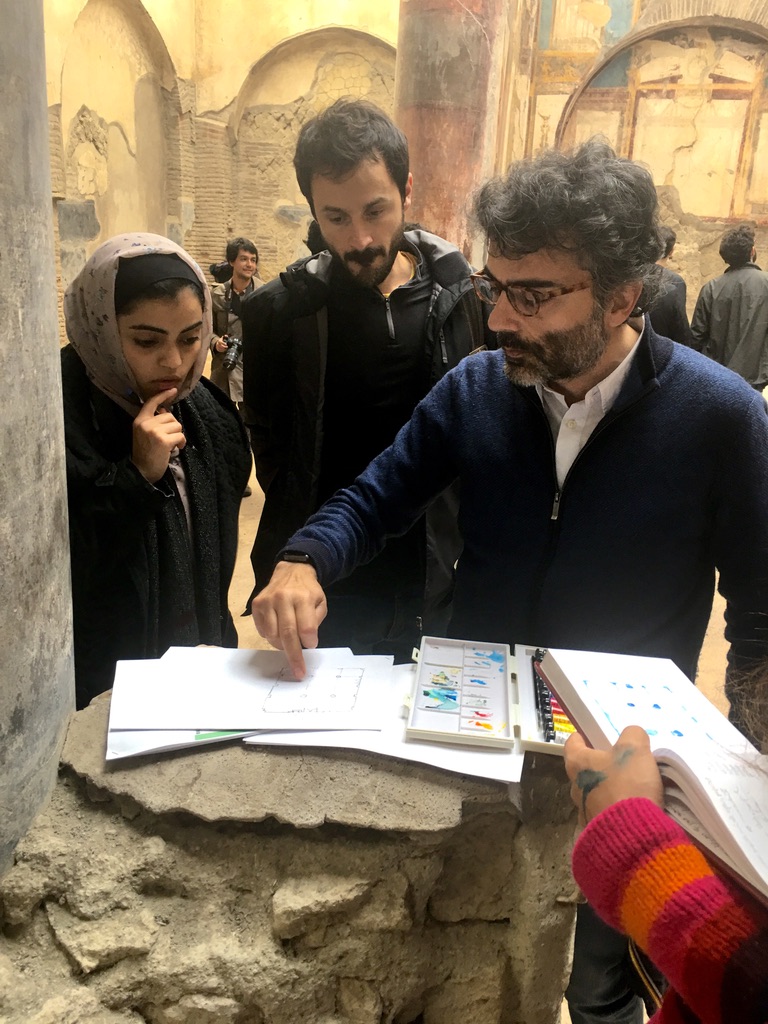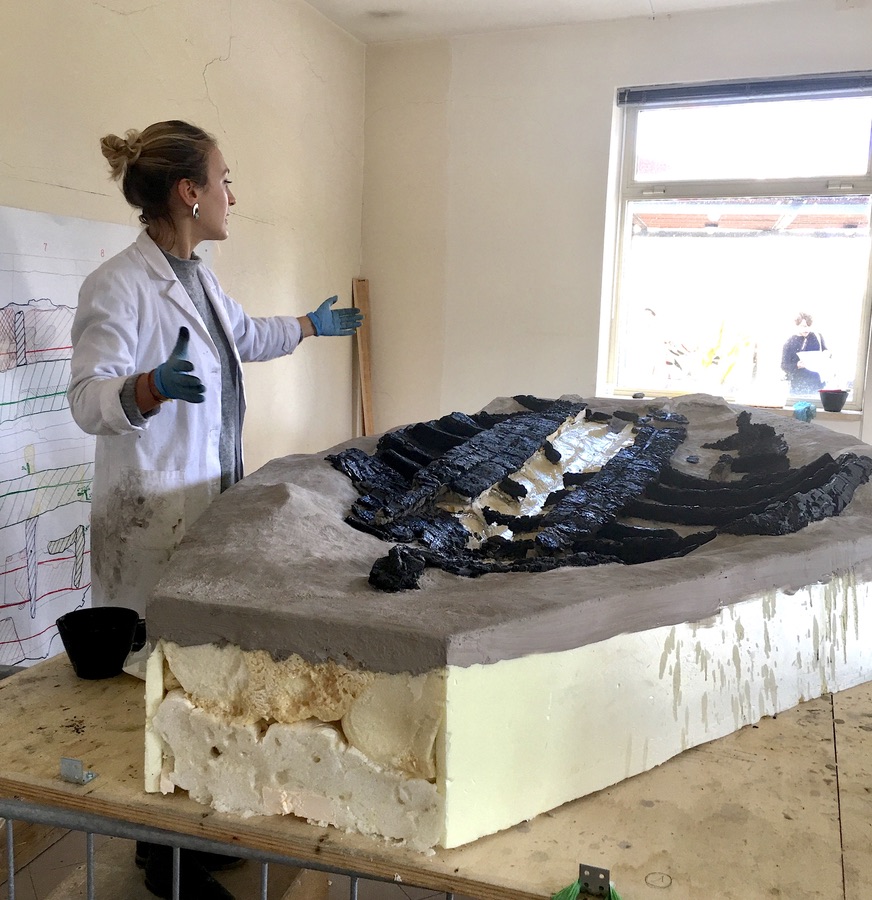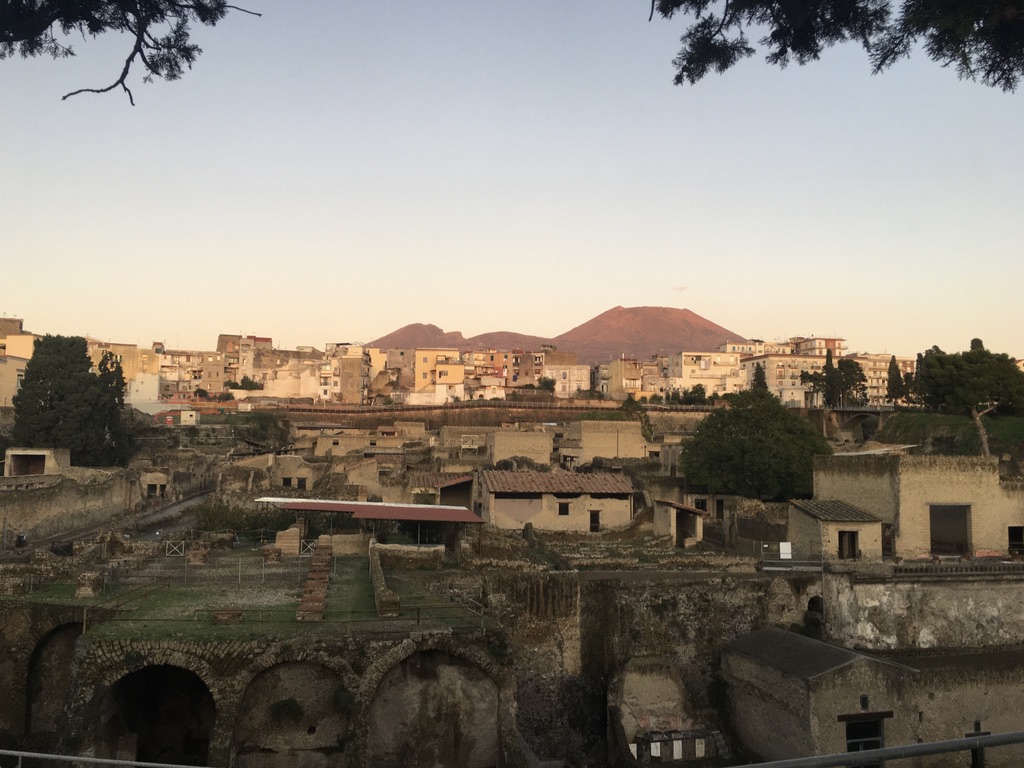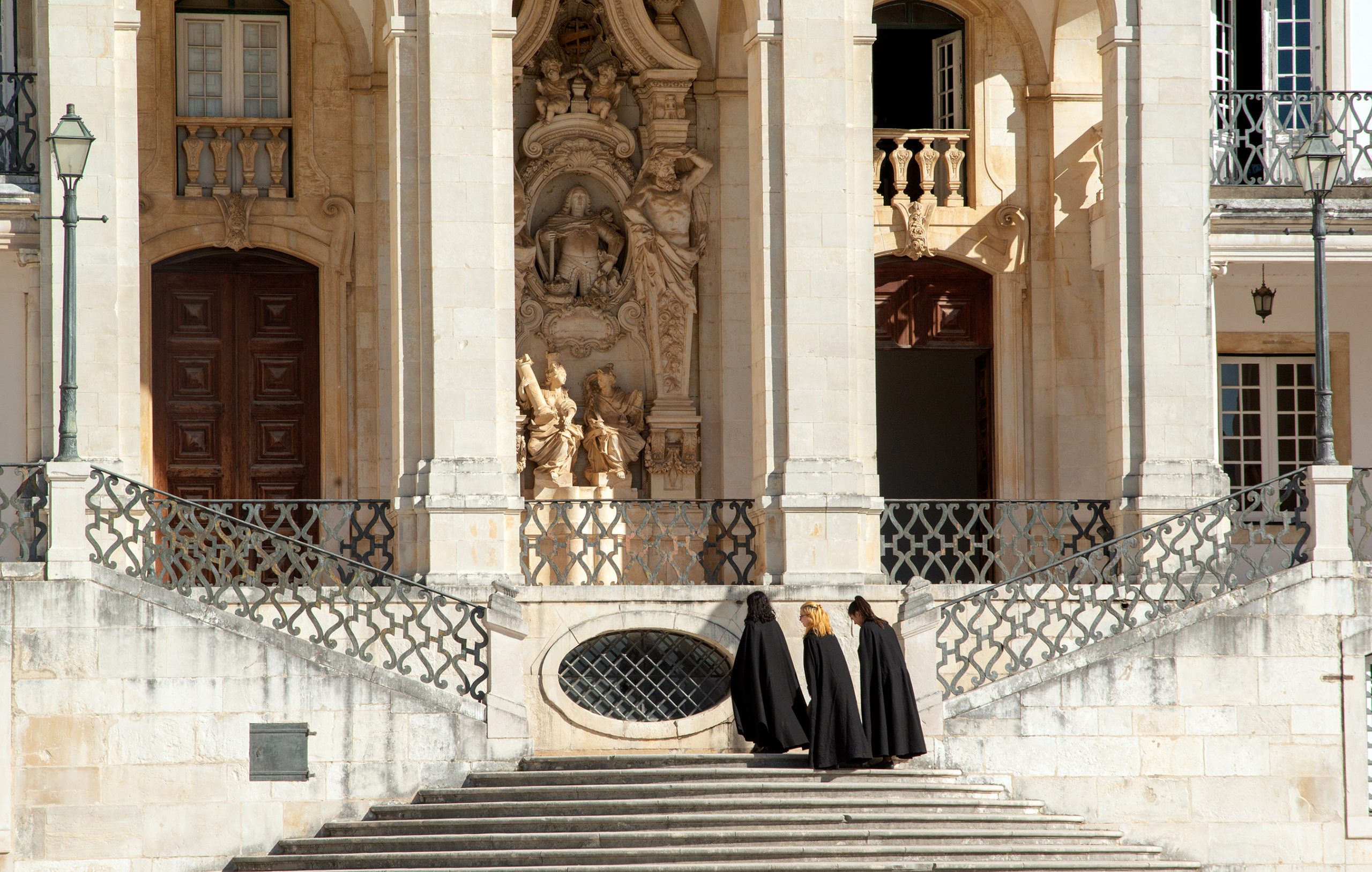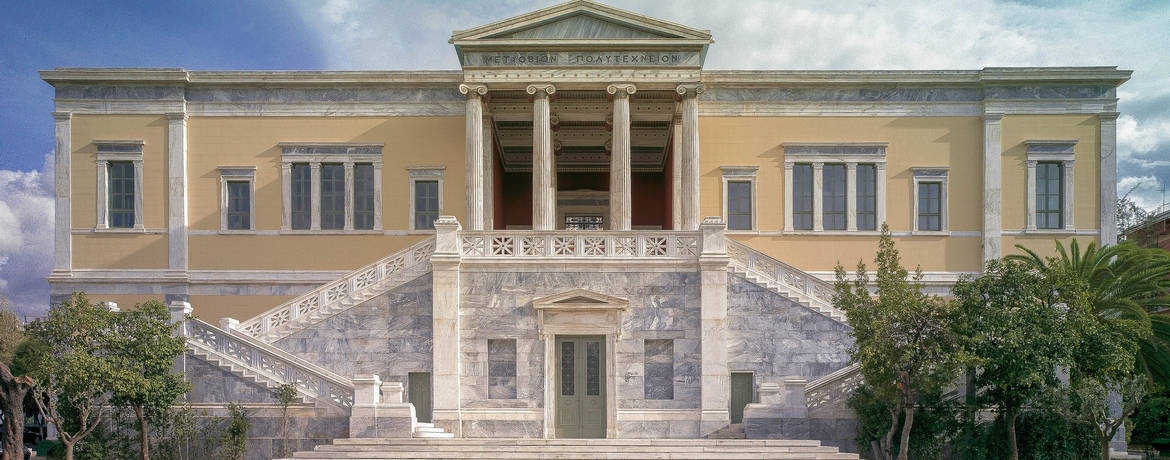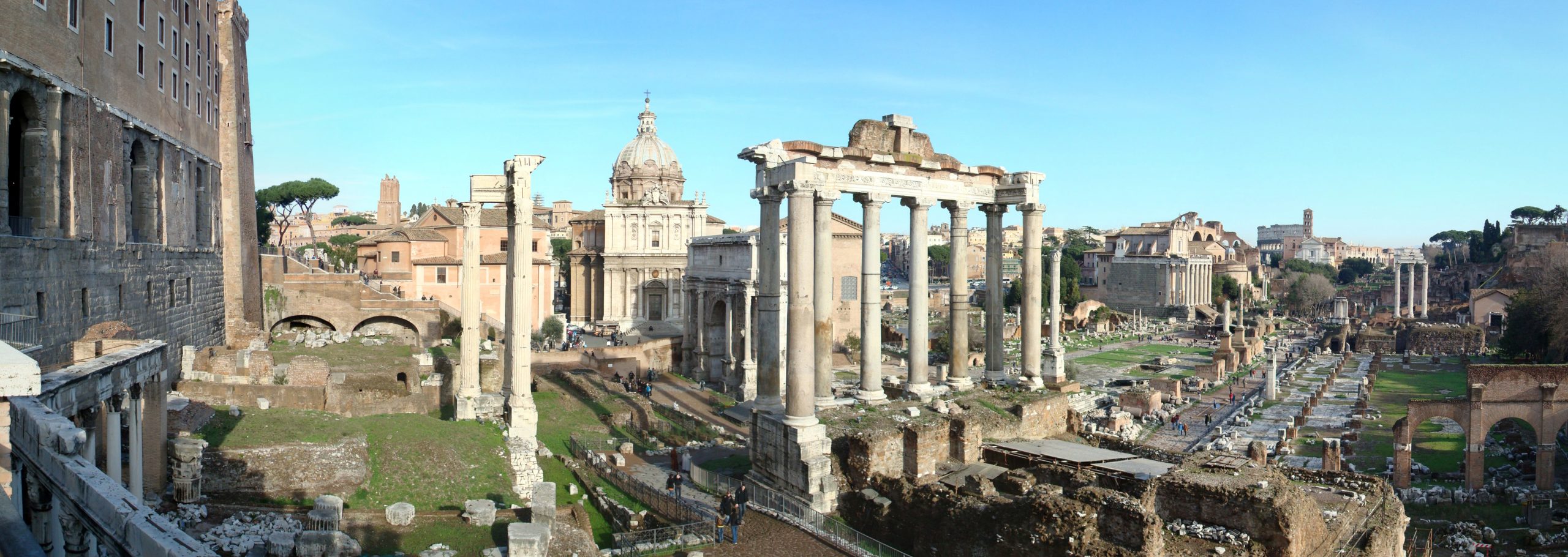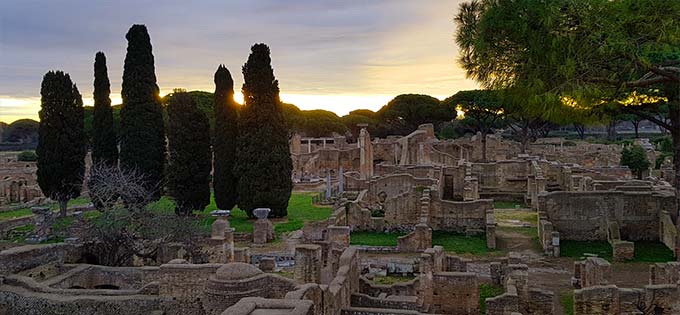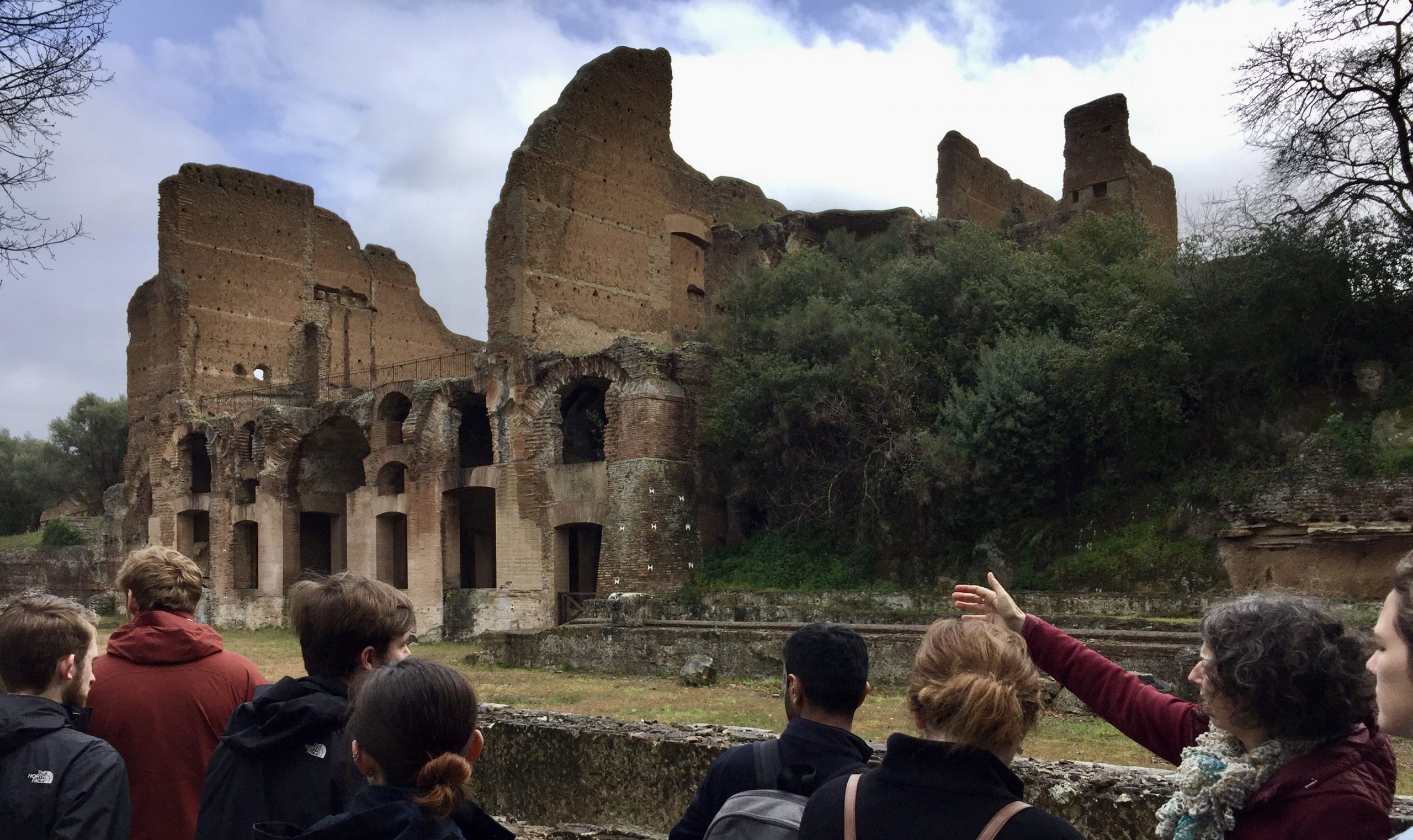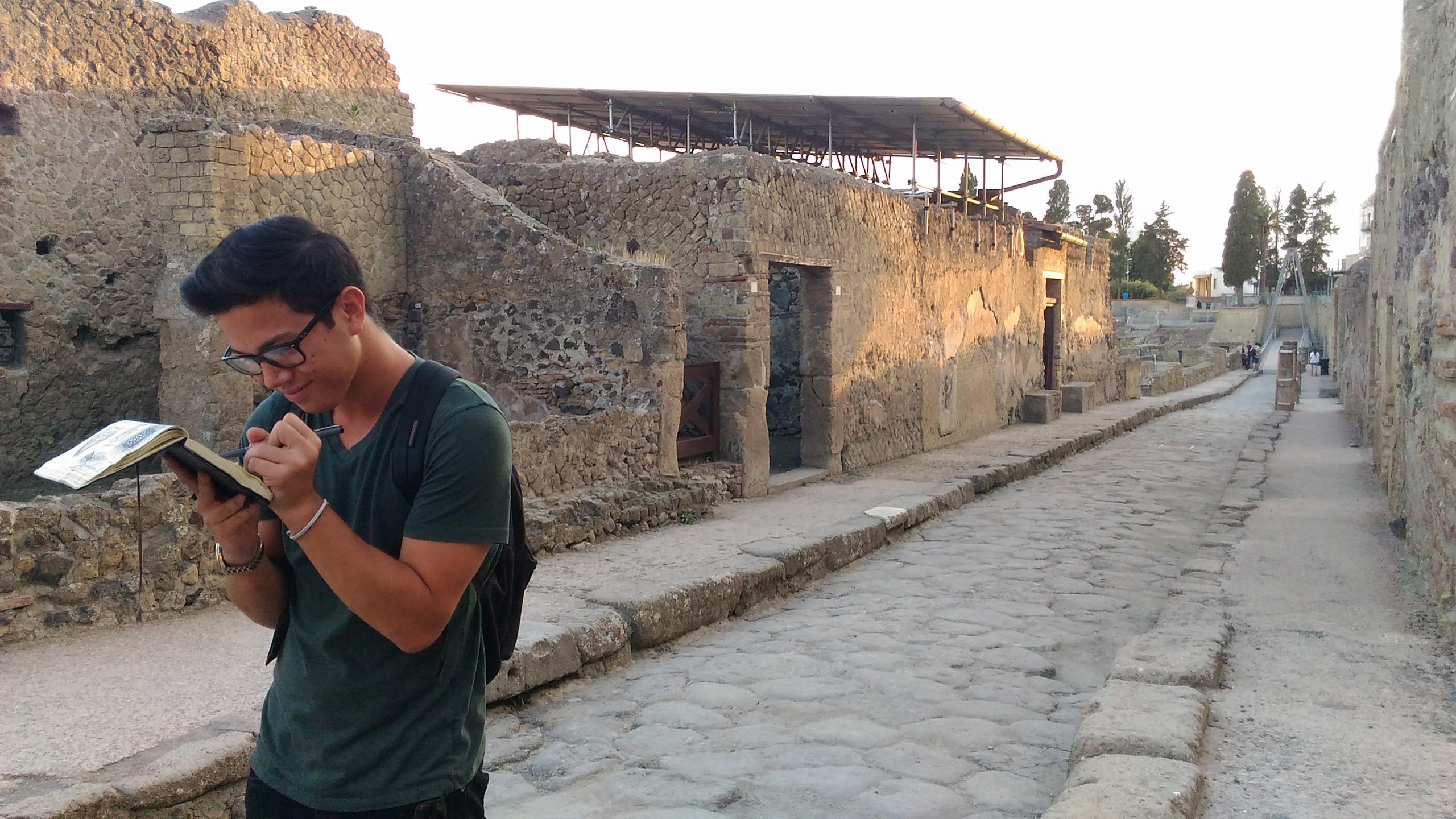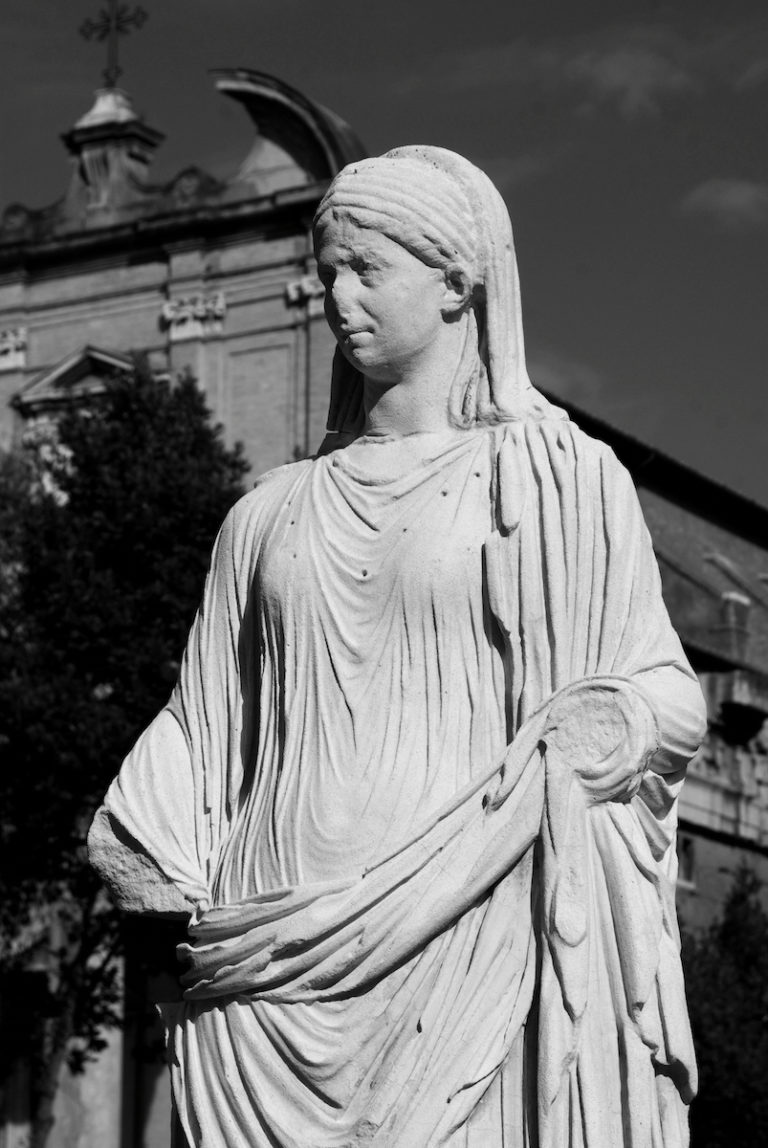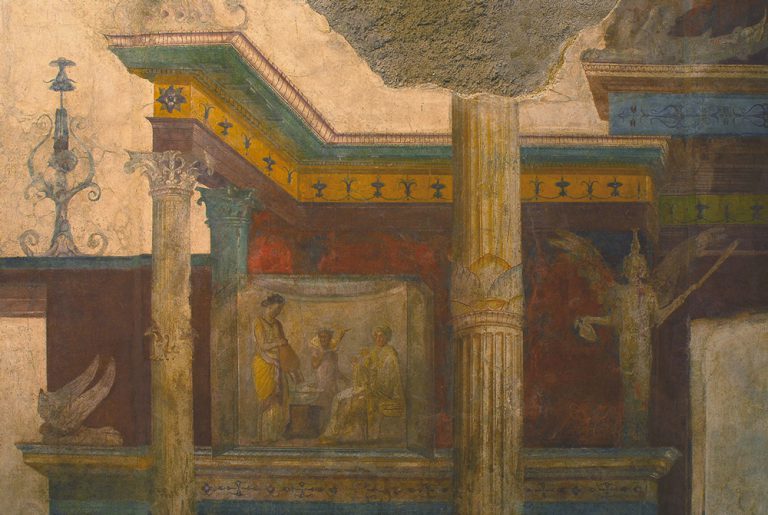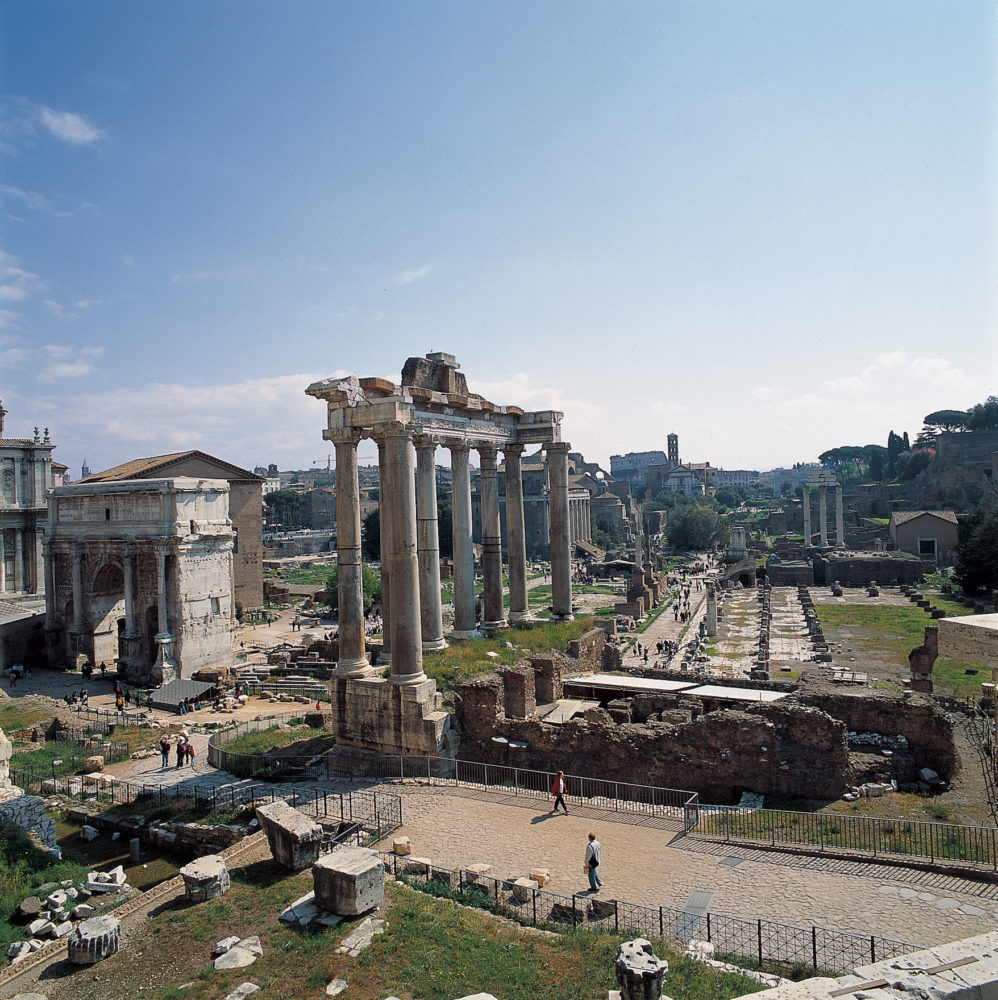Are you looking for a program that will bridge the disciplines of architecture and archaeology and prepare you for the technical and professional demands of a career in heritage management?
Do you want a truly international professional development program, working alongside peers from around the world and immersed in some of Europe’s most important historic cultural sites?
If so, consider this program in Architecture, Landscape Architecture and Archaeology offered by a premier consortium of European Universities in the Mediterranean cradle of Western culture.
This program offers a professional development experience like no other by drawing from the expertise of a consortium of The Sapienza University of Rome, The University of Coimbra, The National Technical University of Athens, and The University of Naples Federico II, as well as a diverse body of international partners and governmental agencies.
Program students will:
- Study in an interdisciplinary program of sophisticated diverse practices focused on heritage management and design.
- Learn cutting-edge techniques of archaeological investigation and documentation.
- Explore innovative design approaches at all scales.
- Gain practical experience through program-integrated internships.
- Explore how modern practice is grounded in the rich traditions and theory of cultural interpretation.
- Develop the professional and administrative skills needed to advance a career in today’s world of heritage management and design.
- Study with peers from around the world.
What will you gain from this program?
- An international joint professional experience focused on the shared interdisciplinary language of environmental design and Archaeology promoted by UNESCO and other international heritage bodies.
- A direct and personal experience developing innovative strategies of preservation, planning and design with peers in diverse professions.
- The highly developed scientific expertise and analytical and creative skills necessary to enhance archaeological and historical urban settings.
- The preparation that is essential to enter a profession funded by public and private investment that values this innovative and integrated approach to design and heritage management.
Why choose this program?
Its Premier International Location
Its Integration of Design and Archaeology
Its Advanced Methods & Technologies
Premier International Locations
Live and study in four of Europe’s most historic and culturally rich cities: Rome, Naples, Athens and Coimbra.
more
These cities’ world-class heritage will be both a laboratory for your studies and the backdrop for your daily life. You will see firsthand the inextricable and symbiotic relationship of archaeology with both historic urbanism and contemporary design. And you will see first hand how each culture brings a different approach to the preservation and modern integration of its unique cultural landscape. The archaeological patrimony of these settings is boundless and ranges from some of the worlds largest and richest urban archaeological parks of Rome and Athens, to ancient preserved cites of the Bay of Naples and the cultural landscapes of Portugal. These archaeological sites and landscapes showcase good practices in heritage conservation, cultural dialog, economic impact and sustainability. See the ALA website for details about program locations.
close
Integration of Design and Archaeology
This program emphasizes the interrelated nature of environmental design and archaeology by exploring the varying, rich theoretical traditions and contemporary design solutions of integrating archaeology into living cities and landscapes.
more
Explore diverse design traditions, from Rome’s understanding of urban-scaled archaeology, and the Athenian commitment to the integration of heritage and public space, to Naples culture of restoration and landscape preservation and the Portuguese design approach of interpreting history as cultural dialog. Each setting provides its own avant-garde solutions to the design challenges from museums to metro stations.
close
Advanced Methods & Technology
Each semester and program location will introduce students to its own specialized techniques of archaeological investigation and place-related approach to the science and theory of heritage management.
more
Explore graphic analysis and representation of architecture and archaeology through instrumental planimetric and altimetric reliefs, stereophotogrammetric relief, orthophotography, CNC 3D laser scanning and IT architecture modeling at Rome’s Sapienza University.
Study analytical tools that integrate underground archaeology and contemporary city infrastructures being developed by the University of Naples.
Learn techniques of archaeogeography, a methodology of site analysis through photographic images and topographic modeling of territorial infrastructures, rural sites and landscapes developed by the University of Coimbra.
Investigate site sensitive mapping techniques, documentation methods, 3D laser scanning, drone recording and techniques that take into account environmental and social factors at the National Technical University of Athens.
close
Educational structure and timeline
The programs rich and varied curriculum will be divided between four locations and across four semesters. It includes courses and workshops in theory and technical methods, design studios, field trips, a professional internship, and the completion of an independent thesis.
Students will work with faculty from each institution in international and multi-disciplinary teams of peers.
The curriculum will be organized as follows.
See the ALA website for detailed curriculum information.
Pre-apply HERE
At a Glance
- Name: ALA Consortium: Erasmus Joint Master Programme in Architecture, Landscape and Archaeology
- Where: Italy, Portugal, and Greece
- When: Fall 2021-Spring 2023
- Who: Consortium of 4 institutions (University of Rome Sapienza, University of Coimbra, National Technical University of Athens, University of Naples Federico II)
- Associated partners: Other universities, governmental and international agencies, museums and archaeological sites, architectural professional offices.
- Cost: Program country students €2.250 per semester / €4.500 per year, and Partner country students €4.500 per semester / €9.000 per year (see what’s included below). Scholarships available.
- Facilities: Universities and partner institutions
- Recognition Awarded: Second level Professional Master Diploma CMU2 – see below.
- Credits: 120 ECTS from 4 institutions
- Courses: Architecture, Landscape and Archaeology
- General Coordinator: Alessandra Capuano (Rome)
- Local Coordinators: Konstantina Demiri (Athens), Paulo Providência (Coimbra), Pasquale Miano (Naples)
- Applications Deadline: May 31, 2021
- Eligibility: a 2nd cycle degree (300 ECTS) or equivalent in architecture, archaeology or various heritage disciplines – see below.
- Class size: 40 students max. per cycle.
Consortium Universities & Recognition Awarded
- Sapienza University of Rome
- University of Coimbra
- National Technical University of Athens
- University of Naples Federico II
Award: Second level Professional Master Diploma CMU2 with a supplement detailing program scope and content issued by La Sapienza University, jointly signed and bearing the seal of each consortium university.
Learn more about the Italian university system here.
Download joint Diploma supplement here.
Eligibility & Class Size
The program is limited to approximately 25 European students studying in a joint Erasmus degree program and up to 15 additional international students per program cycle.
The program is open to students:
- Professional level Degree: in Architecture, Landscape Architecture, Civil Engineering. Equivalent to 300 ECTS or 180 ECTS + 120 ECTS, that allows entry to the profession.
- Master’s Degree: in Archaeology, Cultural Anthropology with a focus in Archaeology, Conservation Science, Cultural Heritage, Museum Conservation. Equivalent to 300 ECTS or 180 ECTS + 120 ECTS, that allows entry to PhD level programs.
Academic Initiatives Abroad serves as a partner institution to the ALA Consortium by offering technical, academic, professional and recruitment support. Complete AIA’s short on-line pre-application form, and we will refer you to program administrators and the formal application process.
Pre-Apply HERE
MORE INFORMATION
See the official ALA website here, for detailed information about:
- Program Curriculum
- Faculty
- Consortium Universities
- Partner Institutions
- Locations
- Eligibility Requirements
- Recognition awarded
Academic Initiatives Abroad (AIA) is collaborating with
AIA is a respected study abroad provider hosting study abroad programs for many universities in a variety of fields and locations. Learn more about AIA.


